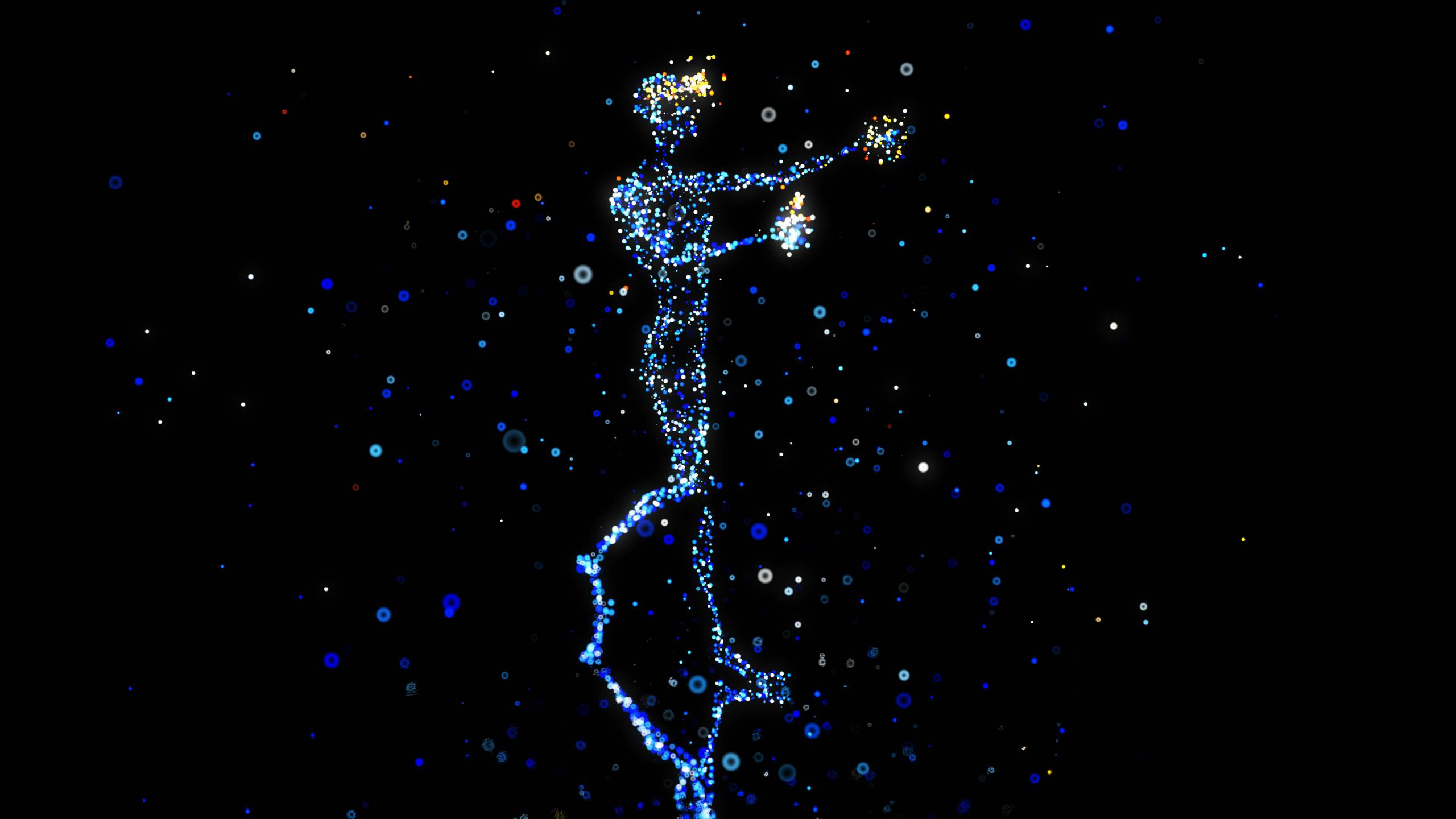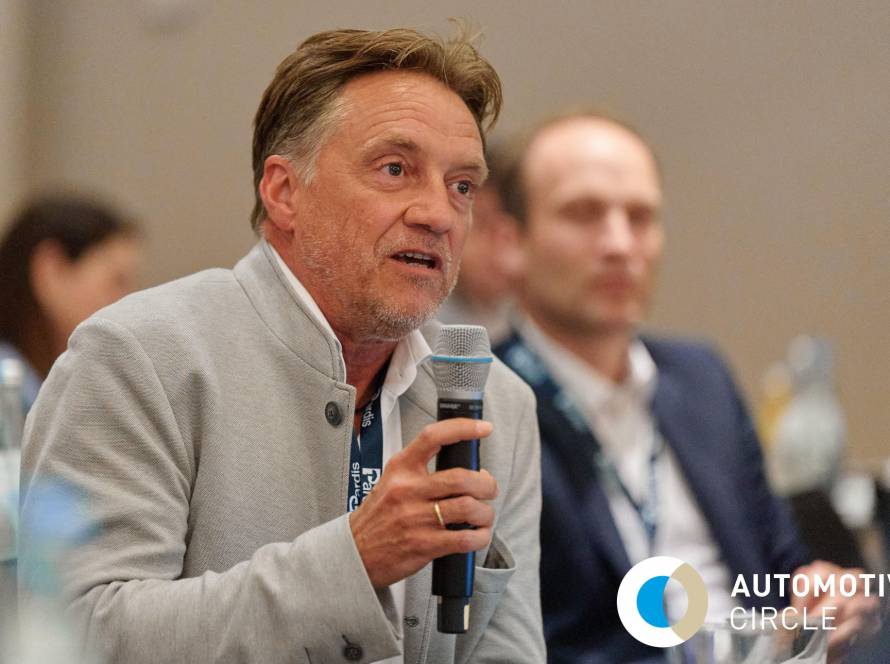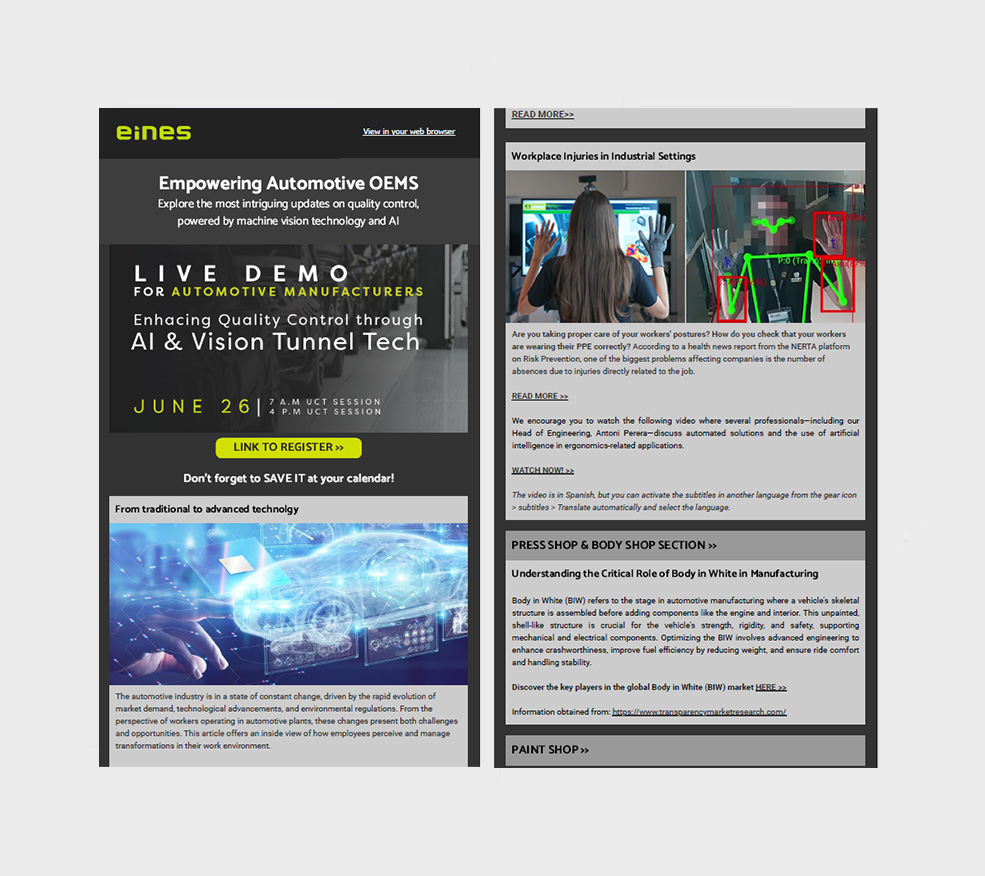As vehicles become more complex, the need for advanced tools to guide operators and validate assembly steps has never been greater. Enter augmented reality (AR) and vision systems, technologies reshaping how assembly processes are executed and verified.
What is Augmented Reality in Manufacturing? Augmented reality overlays digital information—such as instructions, diagrams, or alerts—onto the real-world environment through devices like smart glasses, tablets, or AR projectors. In assembly lines, AR transforms traditional workflows by providing operators with real-time, visual guidance to ensure each task is performed accurately.
What is the role of Vision Systems? Vision systems, powered by artificial intelligence and machine learning, are critical in monitoring and validating assembly steps. These systems use cameras and sensors to analyze components, detect errors, and confirm that processes are completed according to specifications.
When combined, AR and vision systems create a seamless operator support ecosystem that minimizes errors, enhances productivity, and ensures quality at every stage of the assembly process.
Key Benefits of AR and Vision Systems for Assembly Processes
Enhanced Operator Guidance: AR provides step-by-step instructions, highlighting parts and tools required for each task. For instance, an operator assembling a battery module can see precise placement locations and torque values superimposed in their field of vision, reducing reliance on printed manuals or guesswork.
Real-Time Error Detection and Correction: Vision systems monitor each step in real-time, identifying deviations or missing components. For example, during door panel assembly, a vision system can detect whether all screws are correctly fastened and alert the operator if a mistake occurs.
Improved Training and Skill Retention: AR serves as an interactive training tool, shortening the learning curve for new operators. Trainees can perform tasks under guided supervision, with AR displaying best practices directly on the assembly line.
Seamless Validation of Steps: Integration with vision systems ensures that every completed step is validated before proceeding to the next. This reduces the risk of rework or defects, particularly in safety-critical components like braking systems or steering columns.
Boosted Efficiency and Reduced Downtime: By combining AR and vision systems, operators spend less time referencing external materials and troubleshooting errors. The result is a streamlined workflow with faster cycle times and minimal interruptions.
Some Applications in Automotive Manufacturing
Powertrain Assembly: AR guides operators in complex tasks such as engine assembly, highlighting connections and torque requirements. Vision systems validate that all bolts are tightened, and components are aligned. At Eines, we refer to this solution as PowerTool solution.
Electric Vehicle (EV) Battery Installation: With AR, operators see the correct sequence for battery placement and wiring. Vision systems ensure all connections meet safety and performance standards. At Eines, we refer to this solution as EV Battery Suite Solution.
Interior and Exterior Trim: AR assists with positioning and alignment of trim pieces, while vision systems verify flushness, gap consistency, and adhesive application. At Eines, we refer to this solution as Multi-Error Proofing End-of-Line System.
Final Vehicle Inspection: AR overlays inspection checkpoints on the vehicle surface, while vision systems detect surface defects, ensuring the vehicle meets quality benchmarks before leaving the factory. At Eines, we refer to this solution as Multi-Error Proofing Tunnel.
Challenges and the Road Ahead
While AR and vision systems offer significant advantages, their implementation requires careful consideration. High initial investment, integration with existing systems, and operator training are common hurdles. However, as these technologies mature and become more cost-effective, their adoption in automotive manufacturing is expected to grow exponentially.
At Eines Vision Systems we specialize in providing innovative solutions like our End-of-Line cabinets for Error-Proofing and the Assembly Desk with AR, designed to optimize assembly processes and drive the industry forward.
To learn more about how AR and vision systems can revolutionize your production line, contact us or explore our latest innovations. Also, you can access our next virtual events, we will go into in-depth detail about this topic.
Empowering Quality Control: Interior and Exterior Parts Assembly Error-free in Automotive Manufacturing – Register now!
Optimizing Assembly Processes: Artificial Vision in Quality Control & Augmented Reality for Operator Support [Special Edition: Battery Pack]- Register now!
Augmented reality and vision systems are not just tools—they are transformative technologies reshaping the automotive manufacturing landscape. By empowering operators and ensuring step-by-step validation, these systems pave the way for higher efficiency, superior quality, and a future of smarter manufacturing.






